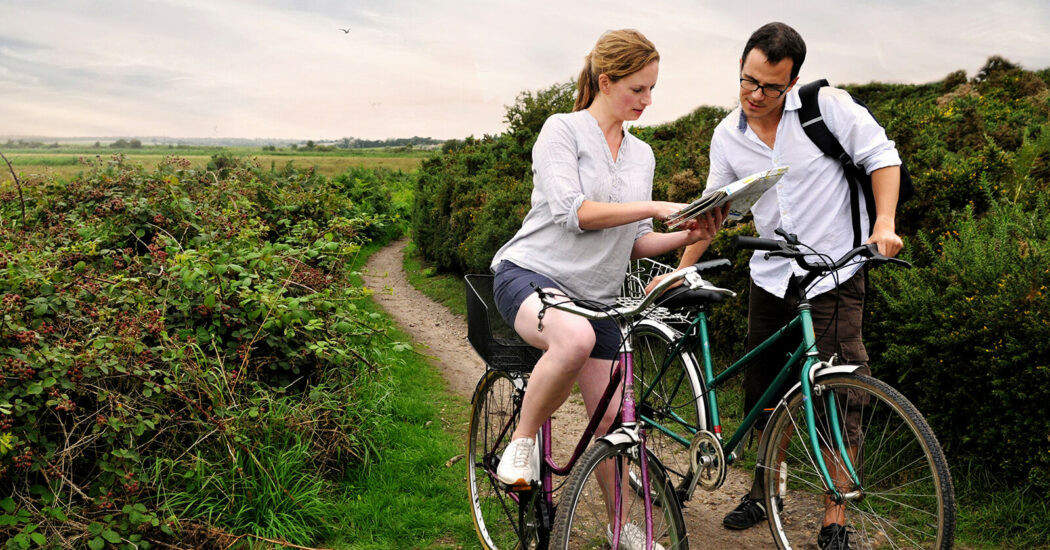Did you know Breckland’s dry heaths are important for their botanical diversity, and many of the plants are found nowhere else in Britain. This is due to the unique soils and dry “continental” climate and are the nearest thing in Britain to continental heaths and steppes. Ancient heathland once covered large areas of the Brecks, but farming and tree plantations have taken over large areas of the land.
Now a small team, The Iceni Botanical Artists, have produced portraits of many of the plants in this region. And it’s a unique venture as a collection of work of this nature has not been done before.
On these impoverished soils nothing grows vigorously, but it does allow for a large variety of species to survive without competition from more demanding plants. The thin soils also mean that many plants are low growing and with minute flowers – creating challenges for the artist needing the use of magnification that microscopes provide. Many of the plants painted by IBA are rare and endangered and are largely or entirely restricted to the Breckland region. These include, Spiked Speedwell, Breckland Speedwell, Fingered Speedwell, Breckland Thyme, Spanish Catchfly, Perennial Knawel, Grape Hyacinth, Proliferous Pink, Red- tipped Cudweed, Tower mustard, and Field Wormwood.
The painting of many of the specimens was not for the faint hearted. Breckland Heaths are arid and sandy, which results in the plants being very small and with a short window of opportunity in which to work. Some of the flowers only open in full sun and for short periods of the day. Proportional drawings and colour matching had to be done, for the most part, in situ, working prone on the ground with a magnifying lens to hand.
Most of the work was carried out in the early spring months, starting in February, and regular checking of the optimal day on which to do the recording was essential otherwise the opportunity to see the plant at it’s best would have to wait for a further year. It became necessary to be able to get advice on plant identification, and location at very short notice, combined with a network of phone calls to discover just which artist might be available to go out “into the field” at a moments notice.
Since 2015 the 45 paintings have been taken as a touring exhibition to 10 locations in Cambridge, Norfolk and Suffolk and to the Royal Horticultural Society’s Botanical Art Exhibition in London.
Read more articles in our Rooftops Winter Edition
Article extracted from David Burrs Rooftops Winter 2017 /2018 Edition
The Iceni Botanical Artists book Breckland Wild Flowers – Heaths and Grasslands can be bought locally, or through the Iceni Botanical Artist’s website.







